There are so many amazing ways for us to make an income as artists. We can design original works of art to sell. We can create our own products and market them directly to customers. And we can collaborate with companies and design anything for them from children’s books to advertising to bedding.
But all of those options are usually one-off scenarios where you aren’t likely to reuse your design. And that’s why I love art licensing because it’s a great way to leverage the art you already have and make some money from it.
My name is Shannon and I’m a surface designer and the educator behind Sketch Design Repeat. I’m a big believer in sharing all my experiences (good or bad) as a self-employed artist and I want to highlight the benefits of art licensing today so you can expand your own income.
Keep your supplies safe in this beautiful botanical canvas pouch.
What exactly IS is art licensing?
Art licensing is when you give a company permission to temporarily use your artwork on their products that they would then manufacture and sell, but you always keep the original artwork (including its copyright). Think of it like you’re renting out your art for a few years.
Why is art licensing a good way to generate income?
As I mentioned above, many artistic endeavors are one-off scenarios, but the benefit of art licensing is that you can license the same piece of art to several companies at the same time (provided there are no conflicting details in the contract) while still keeping the copyright of your work.
For example, in 2019 I licensed a floral design to Hawthorne Fabric Supply Co and we turned it into a full fabric collection. Two years later, I licensed this same floral design to the doormat company Entryways for their 2021 summer collection.
That’s the MAGIC of art licensing because it allows you to leverage your artwork multiple times throughout your career while never giving up ownership of it.

What terms are important in art licensing agreements?
So how do you know if you can actually license a design out to a new company if one company already has it? Well, it’s important to read over the contract carefully. And there are a few terms, in particular, you should always discuss prior to the contract to make sure there’s no confusion or overlap with any deals you may have already made:
- Product/s: What they’ll be using your art on
- Territory: Where their products will be sold
- Duration: Typically 1-3 years (although they could ask for longer)
Knowing these items at the start of a deal is very important. Not only to make sure your design is available to a company but because these 3 things affect what you charge for your artwork. Speaking of…
Learn something new today with Peggy Dean's Botanical Line Drawing
How do I get paid with licensing?
There are two different ways you can earn income from licensing your artwork.
Option 1: Flat-fee
You get paid in one lump sum upfront. The best part about this option is you get paid soon after signing the contract, however, if the product is wildly successful and sells very well, you won’t receive any additional money for the license.
Option 2: Royalties
You receive a percentage of every product a company sells with your art on it (usually based on the wholesale price). This is a great option if you want to earn recurring revenue over several years as opposed to one lump sum, however, it can take anywhere from 3-18 months to start getting paid.
Also, you can’t tell just from the % alone whether a royalty deal is good or not because the percentage alone won’t tell you how much you’re likely to earn. So to actually calculate whether a royalty is good or not, you also need to know the wholesale price of their product/s and the approximate number of goods they plan to sell. Then you multiply all 3 numbers.
Let’s say you’ll be receiving a 5% royalty on notebooks that wholesale for $5 and the company plans to sell around 2,000 of them. So that would be: .05 x $5.00 x 2,000 = $500.00.
How much money can I expect from one license?
There are many factors that go into pricing and no two licensing agreements are alike, even when you’re dealing with the same piece of art. So the most important thing to remember when deciding on your fee (or determining if you’ll earn enough in royalties) is that the more freedom you give them when using your artwork, the more you should be earning.
But I know you probably want a little more solid answer than “it depends” and I get it! My experiences are only one data point though and it’s why in late 2020 I created an industry survey for surface designers so we could all gain more insights into what’s “normal” for both price and income in the industry.

And when I asked what designers were charging for licensing, the average range was $244-420. But that includes every designer who took our survey, two-thirds of which were brand new designers and hobbyists. So when I looked at just the full-time designers and what they charged, the average was a little higher at $340-527.
I have to admit though that those averages still feel low to me as I personally try to get $500-900 when licensing a design. So my advice to you is to always aim higher.
Because think about it: People like to buy pretty things and when a company is using your artwork on their products, your art is THE thing that’s helping to sell the product. And that means your art is very valuable – always remember that!
Find more of my work on my website / Instagram / Facebook group!

Hi there! I'm Shannon McNaba, a left-handed, left-brained surface designer living in the San Francisco Bay Area. My love of both art and numbers has allowed me to license and sell over 75 designs in 4 years, working with brands like Party City, Cloud9 Fabrics, and Pyrex.
But I also love to teach other artists how to build a thriving business, tackling confusing topics like finding clients, productivity, and pricing, breaking them down to make them easier to understand. Because I believe that no one’s a better advocate for your art than you are!
HEY! Wanna save this handy thing for later? Pin it!








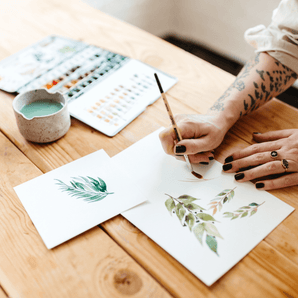
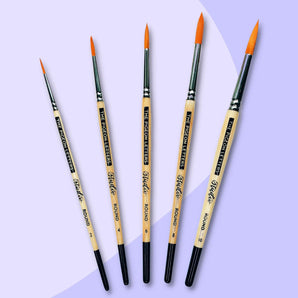
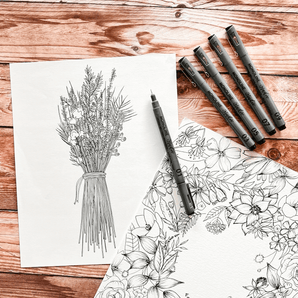
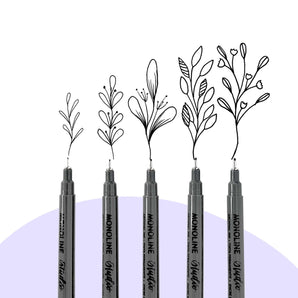
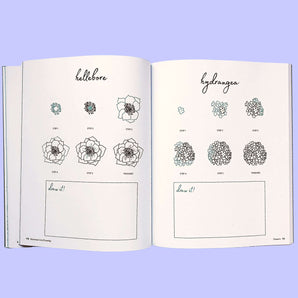
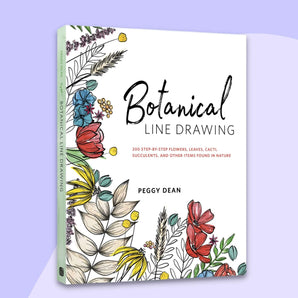
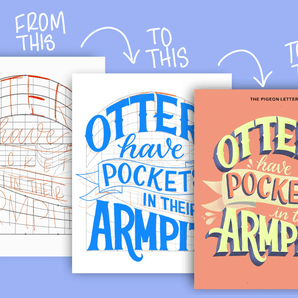
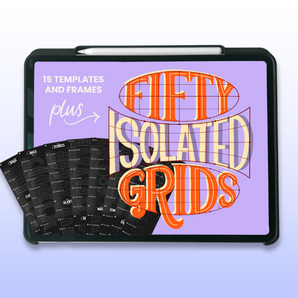
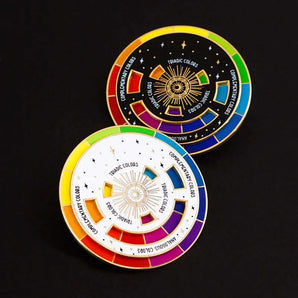
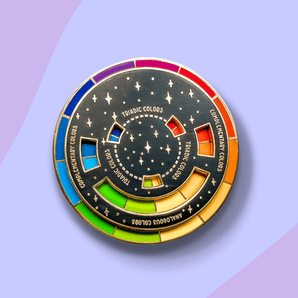
Hello Shannon et merci pour cet article très intéressant. En tant qu’artiste, il est bien difficile d’évaluer la valuer de nos productions. Artiste graphiste depuis de nombreuses années, je suis en train de me lancer dans la license d’art, enfin pour le moment j’étudie et rassemble des informations sur le sujet.
Belle journée,
Syl